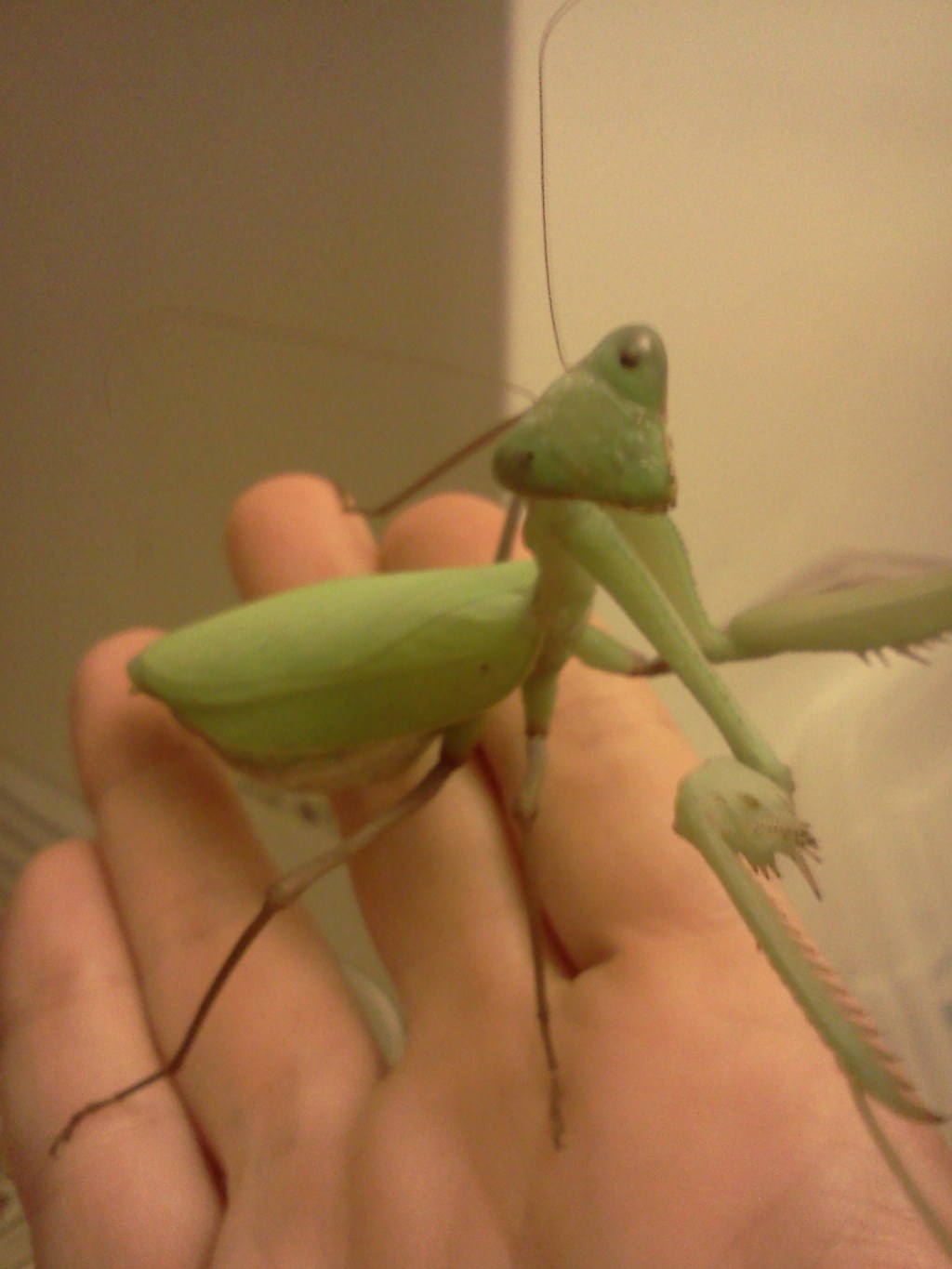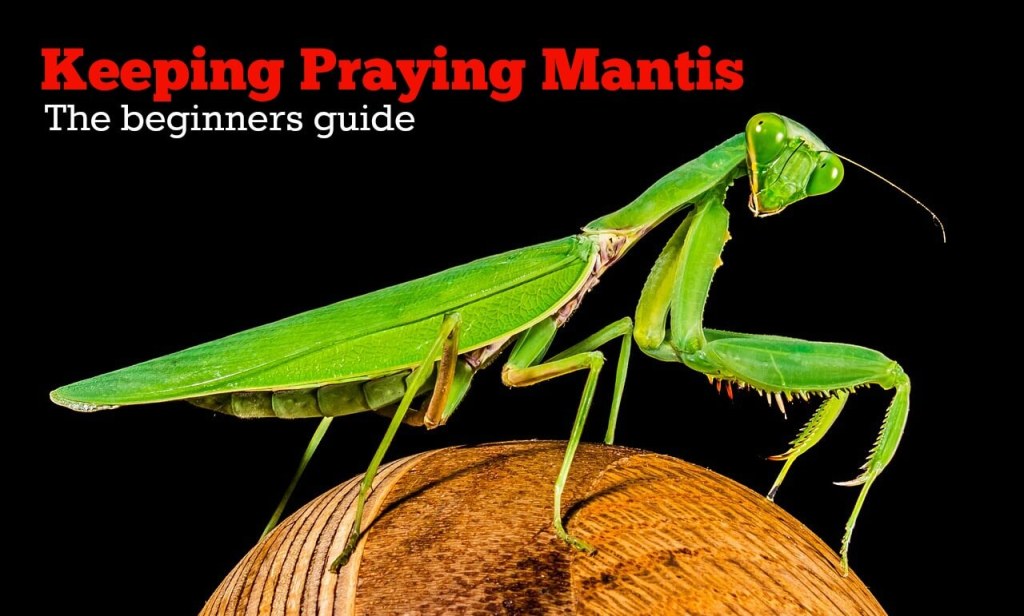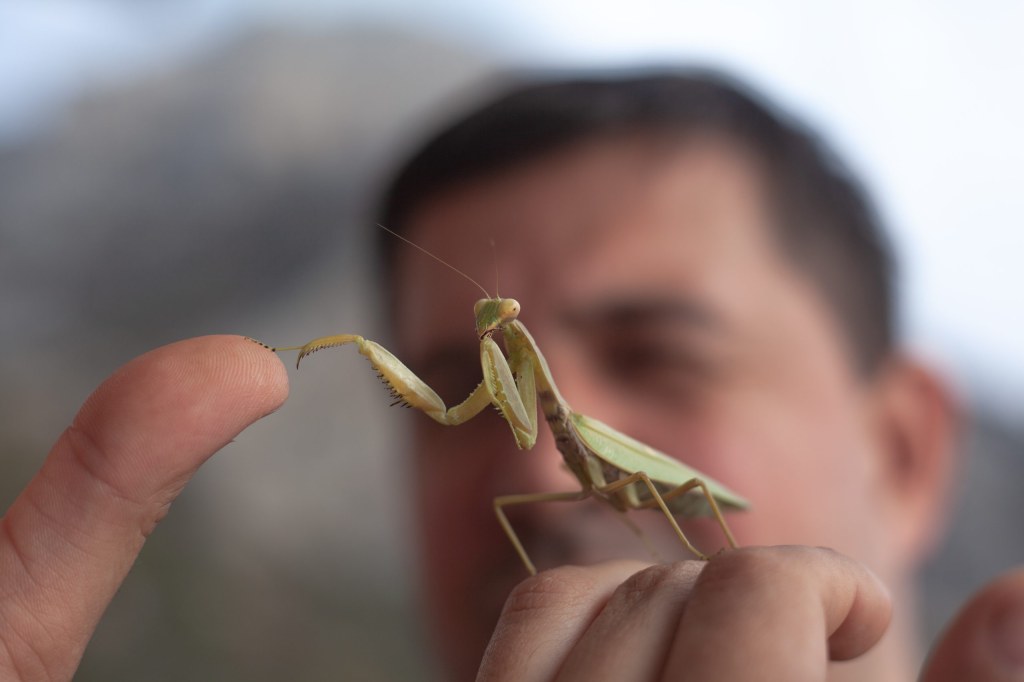The Ultimate Guide: How Long Do Praying Mantis Live As Pets? Discover The Fascinating Lifespan And Care Tips Now!
How Long Do Praying Mantis Live as Pets?
Introduction
Greetings, Pets Lovers!
3 Picture Gallery: The Ultimate Guide: How Long Do Praying Mantis Live As Pets? Discover The Fascinating Lifespan And Care Tips Now!



Welcome to our informative article on the lifespan of praying mantises as pets. If you are considering bringing these fascinating creatures into your home, it is essential to understand how long they typically live. Praying mantises can make unique and low-maintenance pets, but their lifespan can vary depending on various factors. In this article, we will delve into the details and provide you with all the necessary information about the lifespan of praying mantises as pets. So, let’s dive in!
Overview

Image Source: adoptandshop.org
Praying mantises are intriguing insects known for their distinctive appearance and peculiar behaviors. These creatures belong to the order Mantodea, and there are over 2,400 species distributed worldwide. Many people are captivated by their graceful movements and remarkably adapted forelimbs, which they fold as if in prayer, giving them their name.
When it comes to keeping praying mantises as pets, their lifespan is an important consideration. Unlike other common pets like dogs or cats, praying mantises have relatively shorter lifespans. However, with proper care and ideal conditions, you can ensure that your mantis lives a fulfilling life.
What Influences the Lifespan of Praying Mantises?

Image Source: pbspettravel.co.uk
🔍 Various factors can affect the lifespan of praying mantises as pets:
1. Species: Different species of praying mantises have varying lifespans. Some can live for a few months, while others may survive for up to a year or more.

Image Source: animal-knowledge.com
2. Gender: The lifespan may also differ between male and female mantises. Females usually live longer than males.
3. Environmental Conditions: Providing suitable living conditions, including temperature, humidity, and proper ventilation, is crucial for their overall health and longevity.
4. Diet: Praying mantises are carnivorous creatures, primarily feeding on insects. A well-balanced diet of live prey is essential for their survival and longevity.
5. Health and Genetics: Like any living organism, the overall health and genetic makeup of a praying mantis can influence its lifespan. Ensuring that your mantis comes from a reputable breeder or source can contribute to its longevity.
6. Mating and Reproduction: Female mantises often have a shorter lifespan after mating, as the process can be physically taxing for them.
7. Molting: Mantises undergo a series of molts as they grow, shedding their exoskeleton. The molting process is critical for their development and can impact their lifespan if any complications arise.
Who Can Keep Praying Mantises as Pets?
🔍 Praying mantises can be kept as pets by anyone interested in observing these fascinating creatures closely. They are suitable for both experienced insect enthusiasts and beginners due to their relatively low maintenance requirements.
If you have a curious mind and a willingness to learn about their habits and behaviors, you’ll find joy in keeping mantises as pets. However, it is crucial to check the local regulations and restrictions regarding keeping praying mantises, as some species may require permits or specific conditions.
When is the Best Time to Get a Praying Mantis as a Pet?
🔍 The best time to get a praying mantis as a pet is during the spring or summer months. This is when mantises are most active and readily available. During this time, you can find them in local gardening stores, pet shops, or even through online breeders.
It is essential to research and choose a reputable breeder or supplier to ensure that you are getting a healthy mantis. Avoid capturing wild mantises as pets, as this can disrupt the delicate ecosystem and lead to imbalances in the natural population.
Where Can You Get a Praying Mantis as a Pet?
🔍 Praying mantises can be obtained from various sources:
1. Pet Stores: Local pet stores often carry mantises as part of their insect or reptile sections. They may have a limited selection, so it’s advisable to call ahead or visit different stores to find the species you desire.
2. Online Breeders: Numerous online breeders specialize in praying mantises and offer a wider range of species. Ensure that you choose a reputable breeder with positive reviews to ensure the health and well-being of your future pet.
3. Local Breeders: Check with local insect enthusiasts or breeders in your area. They may have mantises available or be able to provide recommendations on where to acquire them.
Why Choose Praying Mantises as Pets?
🔍 Praying mantises offer several advantages as pets:
1. Educational Value: Keeping a praying mantis as a pet can be a unique learning experience, especially for children. Observing the mantis’s life cycle, behavior, and feeding habits can provide valuable insights into the natural world.
2. Low-Maintenance: Praying mantises require minimal care compared to traditional pets. Once their habitat is set up correctly, they only need periodic feeding and observation.
3. Pest Control: Mantises are natural predators and can help control pest populations in gardens or indoor spaces. They feed on insects like flies, mosquitoes, and even harmful garden pests.
4. Aesthetically Pleasing: Praying mantises have an elegant and mesmerizing appearance. Their unique shape and graceful movements can be visually appealing and provide a calming presence in your home.
5. Eco-Friendly: Choosing mantises as pets supports ecological balance by introducing natural predators into your environment. They are an environmentally friendly alternative to chemical pest control methods.
Disadvantages of Keeping Praying Mantises as Pets
🔍 While praying mantises can be fascinating pets, it is essential to consider the following disadvantages:
1. Short Lifespan: Compared to traditional pets, mantises have relatively short lifespans. Depending on the species, they typically live for several months to a year.
2. Fragility: Praying mantises are delicate creatures, and handling them can be challenging. Rough handling or improper care can lead to injuries or even death.
3. Limited Interaction: Mantises do not seek companionship or engage in social behaviors. They are solitary insects and do not offer the same level of interaction as dogs or cats.
4. Prey Drive: Mantises are carnivorous and have a strong instinct to hunt. It is crucial to keep them away from other small pets, such as fish or hamsters, as they may see them as potential prey.
5. Molting Challenges: Molting is a critical process for mantises, but it can also be a vulnerable time. If not provided with suitable conditions, molting complications can occur, leading to a shortened lifespan.
Frequently Asked Questions (FAQs)
Q: Can I keep multiple praying mantises together?
A: It is generally not advisable to keep multiple mantises together, as they are solitary creatures and may become aggressive towards each other.
Q: How often should I feed my praying mantis?
A: Praying mantises should be fed live prey every 2-3 days. The appropriate prey size should be no larger than half the size of the mantis’s body.
Q: Do praying mantises bite humans?
A: While praying mantises are capable of biting, they rarely pose a threat to humans. Their bites are not venomous or dangerous.
Q: Can praying mantises be handled?
A: It is generally best to avoid handling mantises, as they are delicate and can be easily injured. If handling is necessary, it should be done with extreme care and only for short periods.
Q: Can I release my pet mantis back into the wild?
A: Releasing pet mantises into the wild is generally not recommended. It can introduce non-native species to new ecosystems, potentially causing ecological imbalances.
Conclusion
In conclusion, praying mantises can make intriguing and low-maintenance pets for those fascinated by the insect world. Understanding their lifespan and the factors that influence it is essential for providing optimal care. By creating a suitable environment, offering a nutritious diet, and ensuring their overall well-being, you can maximize the lifespan of your pet mantis. So, if you’re ready to embark on an exciting journey with these remarkable creatures, consider bringing a praying mantis into your home. Happy pet-keeping, Pets Lovers!
Final Remarks
Disclaimer: The information provided in this article is for educational purposes only. It is not intended to substitute professional advice. Before acquiring a praying mantis as a pet, please consult with a knowledgeable source or veterinarian to ensure that you meet all legal requirements and can provide suitable care for these creatures.
This post topic: Pets


